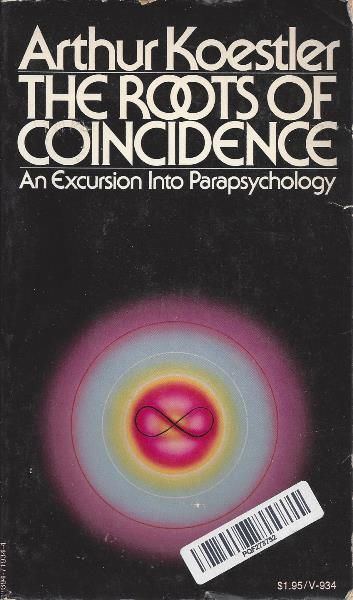7.6 /10 1 Votes7.6
Media type Print | 3.8/5 Goodreads Originally published 1972 | |||||||||||||||||||||||||||||||||
 | ||||||||||||||||||||||||||||||||||
Similar Arthur Koestler books, Spiritualism books, Extrasensory perception books | ||||||||||||||||||||||||||||||||||
The roots of coincidence chords and melody cover pat metheny
The Roots of Coincidence is a 1972 book by Arthur Koestler, an introduction to theories of parapsychology, including extrasensory perception and psychokinesis. Koestler postulates links between modern physics, their interaction with time and paranormal phenomena. It is influenced by Carl Jung's concept of synchronicity and the seriality of Paul Kammerer.
Contents
- The roots of coincidence chords and melody cover pat metheny
- Appearance in popular culture
- Publication data
- References
The psychologist David Marks criticized the book for endorsing pseudoscience. Marks noted that Koestler uncritically accepted ESP experiments and ignored evidence that did not fit his hypothesis. Marks coined the term "Koestler's Fallacy" as the assumption that odd matches of random events cannot arise by chance. Marks illustrates the fact that such odd matches do regularly occur with examples from his own experience. John Beloff gave the book a mixed-review, describing it as "a typical Koestlerian performance" but noted that some of his claims about psychical research were inaccurate.
Appearance in popular culture
In Volume 7 of Alan Moore–David Lloyd's V for Vendetta, Inspector Finch is seen reading The Roots of Coincidence. Koestler is referenced several times in the work, and in the movie novelization by Steve Moore. Koestler's ideas had previously made their way into the Dr. Manhattan issues of Moore's and Dave Gibbons' Watchmen.
It also played a significant role in Episode 4 (Entangled) of Series X of Red Dwarf, to explain the cause of apparent coincidences. The cover of the Picador paperback edition, with dominoes in the foreground representing star coordinates, is integral to furthering the plot of this episode.
The musician Sting was an avid reader of Koestler. Sting named The Police's final studio album Synchronicity as a reference to The Roots of Coincidence. Sting had named The Police's previous album, Ghost in the Machine, after another of Koestler's books.
"The Roots of Coincidence" is also the name of a Grammy Award-winning song by Pat Metheny Group, featured on their 1997 album Imaginary Day.
